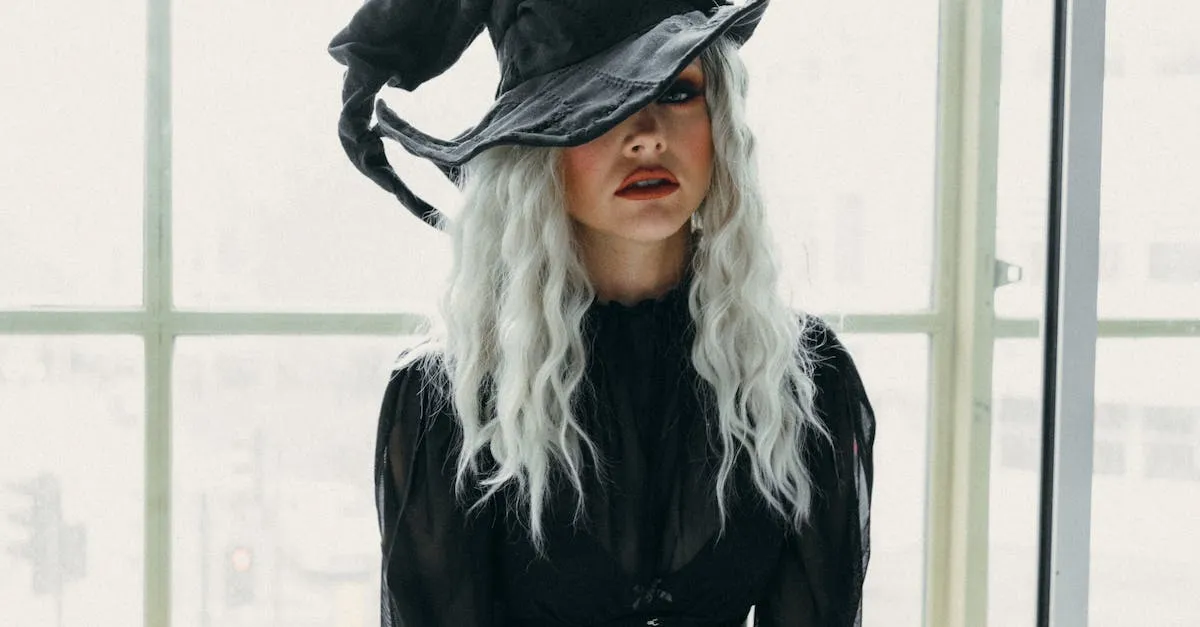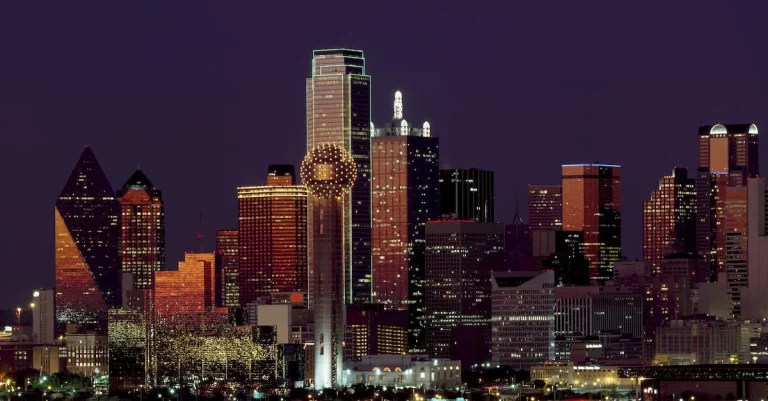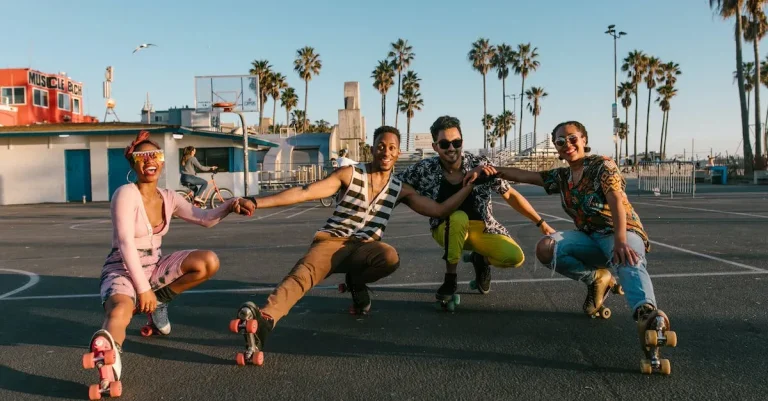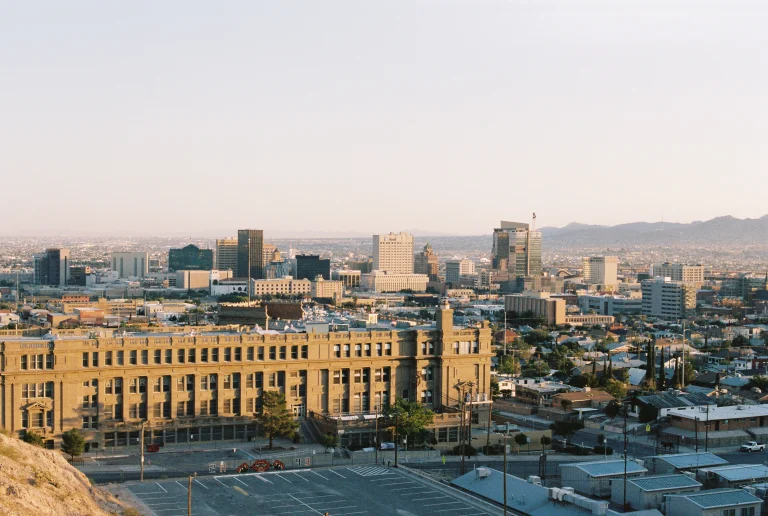Unraveling The True Story Behind Fear And Loathing In Las Vegas
The cult classic Fear and Loathing in Las Vegas has captured audiences since its release, telling a surreal story following Raoul Duke and Dr. Gonzo’s drug-fueled adventure in 1970s Vegas. But how much of this bizarre tale is based on true events? In this deep dive, we’ll separate fact from fiction to reveal the real-life figures and stories that inspired Hunter S. Thompson’s iconic counterculture novel.
Hunter S. Thompson’s Own Experiences
Hunter S. Thompson’s novel, Fear and Loathing in Las Vegas, is a wild and eccentric journey through the heart of the American Dream. But how much of the story is based on Thompson’s own experiences? Let’s take a closer look at some of the key moments in Thompson’s life that influenced the book.
1971 trip to Vegas
One of the most notable events in Thompson’s life was his trip to Las Vegas in 1971, which served as the inspiration for the novel. Thompson, accompanied by his attorney and friend Oscar Zeta Acosta, embarked on a drug-fueled adventure that pushed the boundaries of reality.
Thompson’s vivid descriptions of the city’s excesses and debauchery were drawn from his own observations and experiences during this trip.
Earlier acid trips
Thompson’s experimentation with psychedelic drugs, particularly LSD, played a significant role in shaping his unique writing style and perspective. These mind-altering experiences helped Thompson to see the world through a different lens, allowing him to capture the surreal and chaotic atmosphere of Las Vegas in his writing.
It is believed that some of the drug-induced episodes described in Fear and Loathing in Las Vegas were influenced by Thompson’s earlier acid trips.
Time spent embedded with bikers
Another important aspect of Thompson’s life that influenced the novel was his time spent embedded with the Hells Angels, a notorious motorcycle gang. Thompson’s immersive research into the world of bikers provided him with firsthand knowledge of their lifestyle, values, and unique sense of freedom.
This experience allowed him to accurately depict the biker culture and incorporate it into the narrative of Fear and Loathing in Las Vegas.
It is important to note that while Fear and Loathing in Las Vegas is inspired by Thompson’s personal experiences, it is ultimately a work of fiction. Thompson used his own life as a starting point to explore larger themes and ideas about American society and the human condition.
Nevertheless, understanding Thompson’s own experiences adds depth and authenticity to the novel, making it a truly unique and influential piece of literature.
Inspiration From Oscar Zeta Acosta
Oscar Zeta Acosta, a real-life activist lawyer, played a significant role in inspiring the iconic novel “Fear and Loathing in Las Vegas.” Acosta was a prominent figure in the Chicano Movement of the 1960s and 1970s, advocating for the rights of Mexican Americans and fighting against social injustices.
His fearless and unapologetic approach to activism resonated with author Hunter S. Thompson, who later immortalized him in his book.
Shared Wild Adventures with Thompson
Thompson and Acosta embarked on various wild and drug-fueled adventures together, which served as the basis for many of the outrageous escapades depicted in “Fear and Loathing in Las Vegas.” Their shared experiences of exploring the underbelly of American society, attending political rallies, and engaging in mind-altering substances created a bond between the two that would be forever etched in literary history.
Basis for Dr. Gonzo Character
Acosta’s larger-than-life personality and his uninhibited lifestyle became the blueprint for the character of Dr. Gonzo in “Fear and Loathing in Las Vegas.” Dr. Gonzo, the unhinged and erratic companion of the novel’s protagonist, Raoul Duke, embodied Acosta’s wild spirit and served as a representation of the chaos and excesses of the time.
It is worth noting that while Acosta’s influence on the book is undeniable, “Fear and Loathing in Las Vegas” is ultimately a work of fiction. Thompson took artistic liberties in portraying the characters and events, capturing the essence of the counterculture movement of the 1960s and 1970s.
For more information on Oscar Zeta Acosta and his impact on “Fear and Loathing in Las Vegas,” you can visit The Los Angeles Times or The Guardian.
The Mint 400 Race
Thompson covered real event for Sports Illustrated
The Mint 400 Race is a significant part of the book “Fear and Loathing in Las Vegas” by Hunter S. Thompson. Thompson, a renowned journalist, covered the real Mint 400 Race for Sports Illustrated in 1971.
The race, which took place in the deserts of Nevada, was one of the most challenging off-road races of its time. Thompson’s experience at the race served as the inspiration for the wild and chaotic events depicted in the book.
Thompson’s coverage of the Mint 400 Race captured the essence of the event, showcasing the adrenaline-fueled atmosphere and the eccentric characters involved. His writing style, known for its immersive and unconventional approach, allowed readers to feel as if they were right there in the midst of the action.
If you want to learn more about the Mint 400 Race and Thompson’s coverage, you can visit the official website of the event: https://themint400.com/.
More madness in the book version
While Thompson’s coverage of the Mint 400 Race for Sports Illustrated provided a glimpse into the intensity of the event, the book version, “Fear and Loathing in Las Vegas,” took the madness to a whole new level.
Thompson’s alter ego, Raoul Duke, and his attorney, Dr. Gonzo, embark on a drug-fueled journey through Las Vegas, which includes attending the Mint 400 Race.
In the book, the Mint 400 Race becomes a backdrop for the wild antics and hallucinogenic experiences of Duke and Dr. Gonzo. Thompson uses the race as a metaphor for the chaos and excess of the time, blurring the lines between reality and hallucination.
It’s important to note that while “Fear and Loathing in Las Vegas” is a work of fiction, it is heavily influenced by Thompson’s own experiences and observations during the era. The book serves as a satirical critique of American society and the counterculture movement of the 1960s and 1970s.
If you’re interested in reading “Fear and Loathing in Las Vegas” to delve deeper into the madness surrounding the Mint 400 Race, you can find it at your local bookstore or online retailers.
Real-Life Encounters Fictionalized
Fear and Loathing in Las Vegas, written by Hunter S. Thompson, is a cult classic novel that has captivated readers for decades. The book is known for its wild and outrageous adventures, but many people may not realize that Thompson drew inspiration from his own real-life experiences while writing the novel.
In fact, several key scenes in the book are based on true events that Thompson encountered during his time in Las Vegas.
Hitchhiker episode
One of the most memorable scenes in Fear and Loathing in Las Vegas is the hitchhiker episode where the protagonist, Raoul Duke, picks up a young hitchhiker on the way to Las Vegas. This encounter takes a dark turn as the hitchhiker turns out to be a dangerous and unpredictable individual.
While this particular event may seem like pure fiction, it is actually based on a real incident that Thompson experienced during his travels.
Thompson often picked up hitchhikers during his road trips, seeking adventure and unique experiences. One day, he encountered a hitchhiker who seemed friendly at first, but quickly turned violent and threatened him with a knife.
Thompson managed to escape unharmed, but the encounter left a lasting impression on him and served as inspiration for the intense hitchhiker scene in the book.
Run-in with waitress
Another notable moment in Fear and Loathing in Las Vegas is when Duke has a run-in with a waitress at a diner. In the novel, the waitress is portrayed as rude and confrontational, creating a tense and uncomfortable atmosphere. This scene, too, has its roots in reality.
Thompson frequented diners and cafes during his time in Las Vegas, and it was during one of these visits that he encountered a particularly unpleasant waitress. Her brusque manner and dismissive attitude struck a nerve with Thompson, and he used this experience to create the memorable encounter between Duke and the waitress in the book.
Bazooko Circus casino scenes
The Bazooko Circus casino scenes in Fear and Loathing in Las Vegas are some of the most bizarre and surreal moments in the book. The chaotic and frenzied atmosphere depicted in these scenes is a reflection of Thompson’s own experiences in Las Vegas.
Thompson spent a considerable amount of time inside casinos, observing the strange and eccentric behavior of the gamblers and the frenetic energy that permeated the establishments. The Bazooko Circus casino scenes in the novel are an exaggerated portrayal of the craziness that Thompson witnessed during his time in Las Vegas.
All of these real-life encounters were skillfully fictionalized by Thompson in Fear and Loathing in Las Vegas, resulting in a novel that is both entertaining and thought-provoking. It is through the blending of reality and fiction that Thompson was able to create a truly unique and memorable reading experience.
Conclusion
While exaggerated for effect, much of Fear and Loathing in Las Vegas stems directly from Thompson and Acosta’s actual escapades and experiences in Sin City. Digging deeper reveals the factual stories that were transformed into this psychedelic classic.








